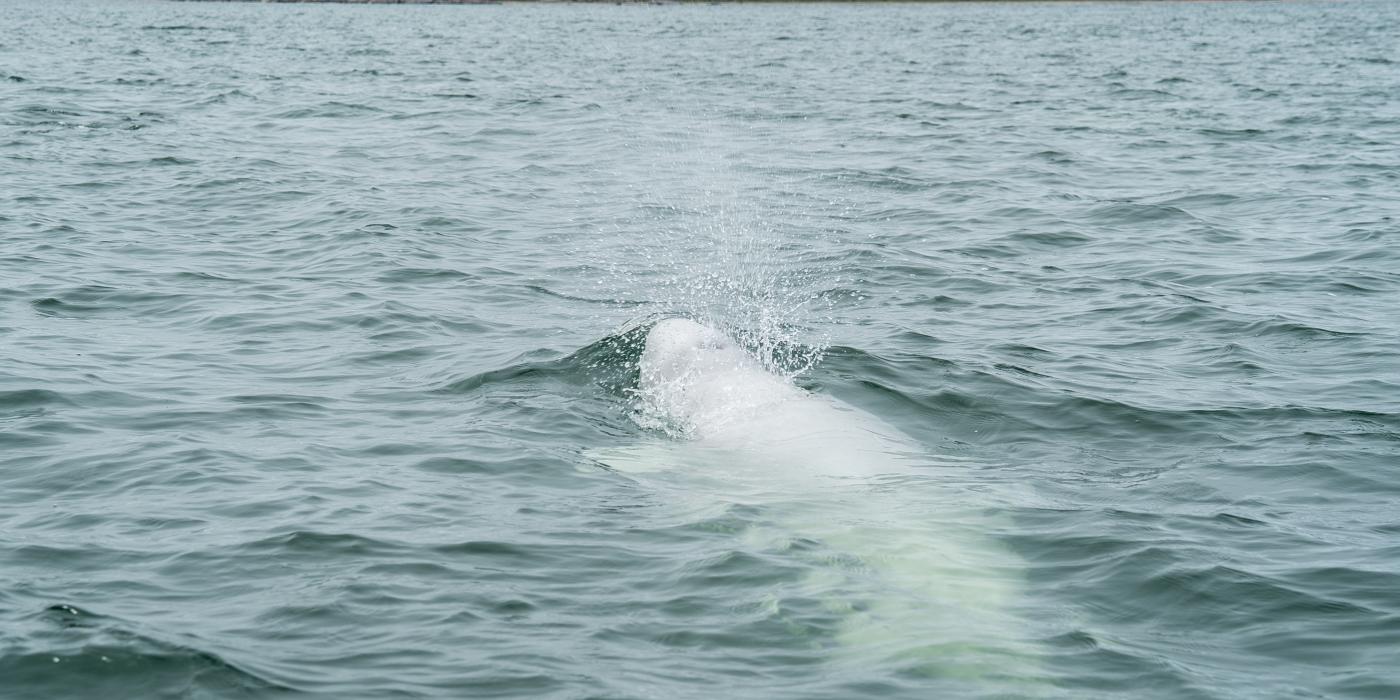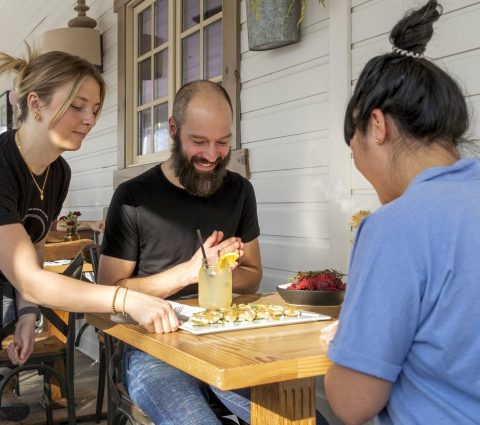- Things To Do
- Events
- Food & Drink
-
Places To Go
- Winnipeg
- Churchill
- Eastern Region
- Central Region
- Interlake Region
- Parkland Region
- Western Region
- Manitoba North
- Must-See Destinations
-
Itineraries
- Island Getaway on the Prairies
- Wheat City Wanderings in Brandon
- Escape to the water and the wild
- St. Boniface Winter: Passion and History
- Follow the path to a story in Neepawa
- Unleash your inner Viking this winter
- Explore Clear Lake this winter like never before
- Breathe in the Whiteshell this winter
- Go North for a boreal forest escape
- Treaty Areas
- Where To Stay
- Trip Essentials
- #ExploreMB Blog
Navigation Options
- FREN
- Things To Do
- Events
- Food & Drink
-
Places To Go
- Winnipeg
- Churchill
- Eastern Region
- Central Region
- Interlake Region
- Parkland Region
- Western Region
- Manitoba North
- Must-See Destinations
-
Itineraries
- Island Getaway on the Prairies
- Wheat City Wanderings in Brandon
- Escape to the water and the wild
- St. Boniface Winter: Passion and History
- Follow the path to a story in Neepawa
- Unleash your inner Viking this winter
- Explore Clear Lake this winter like never before
- Breathe in the Whiteshell this winter
- Go North for a boreal forest escape
- Treaty Areas
- Where To Stay
- Trip Essentials
- #ExploreMB Blog

What are those things that make travelling in Manitoba stand out from the rest of Canada…or maybe even the world? We thought hard and dug deep and came up with this unofficial list of ‘only found in Manitoba.’ We know there’s more out there, so share your ideas.
Little Limestone Lake
This Instagram-worthy lake found at the northern tip of Lake Winnipeg, along a remote stretch of Hwy 6 through traditional territory of Mosakahiken Cree Nation, is on record to be the largest and most dramatically colour-changing marl lake in the world. Is it the only marl lake in the world? No. But it’s the most impressive, according to CPAWS. Depending on the heat of the day, the colour can change from vibrant turquoise to calming robin’s egg blue due to increasing levels of calcite from the lake’s limestone bottom. Travellers to this provincially protected area (soon to be designated Manitoba’s next national park) need to be resourceful and adventurous as there are limited services and amenities to guide your way, whether you’re exploring by paddling, fishing or hiking.
Honey dill sauce
\Manitobans likely assume all chicken fingers around the world come with a side of honey dill for dipping…but not so! The murky, gooey condiment – consisting of mayo, honey and dill – is a made-in-Manitoba food product that hasn’t travelled much beyond our provincial boundries. Thus foodies-in-the-know have to come to Manitoba to taste test the secret sauce. Created by Greetalia Food Products (the same family business behind Zorba’s Pizza food stall at The Forks Market in Winnipeg) the sweet sidekick is a staple on grocery shelves, menus and refrigerators across the province.
SUP with animals
Choose your own adventure: stand-up paddle board with goats or stand-up paddle board with belugas? The former happens at Steep Rock, a glorious day-trip from Winnipeg up the east shore of Lake Manitoba where clear waters and limestone cliffs beckon outdoor adventurers. Peter of Steep Rock Kayak & Canoe has two pet two goats Gonzo and Hopper who live on a nearby island, where paddle boarders venture there to say hello. Don’t be surprised if the goats jump aboard. Sea North Tours in Churchill offers a chance to paddle board among pods of beluga whales, thousands of which enter the Churchill River estuary every summer to give birth, feed and frolick in the warm waters. This adventures guarantees hoops and hollars as the curious whales come very close to the board.
Warming huts
Warming huts have become synonymous with Winnipeg winters. In 2009, the creative folks at Manitoba Architecture Association and The Forks, the city’s dining, shopping and recreational hub where the Red and Assiniboine rivers meet, launched an international design competition, taking bids from firms around the world to construct a humble, yet high-design, structure for the dual purpose to decorate and provide shelter along the rivers’ award-winning ice skating trail. To date, internationally renowned names like star-chitect Frank Gehry and sculptor Anish Kapoor have designed a warming hut for millions of winter-goers to enjoy.
The Tundra Buggy
The invention of this customized vehicle – affectionately described as a school bus on steriods – spurred wildlife tourism in the subarctic town of Churchill, which has since become known as the polar bear capital of the world. Because of a Tundra Buggy’s ability to trek delicately over the fragile, uneven ground, it can bring tourists up close to view and photograph polar bears in their natural habitat. And its 6-ft tires keep tourists high and out of reach of curious bears. The first Tundra Buggy was invented in 1979 by Churchill resident Len Smith, who built the all-terrain vehicle to take a documentary crew from National Geographic to Cape Churchill in present-day Wapusk National Park. Local tour company Frontiers North Adventures now owns the Tundra Buggy, and manufacture and maintain a fleet of 17 vehicles in Churchill.
The Manitoba Legislature
“There is no building like this anywhere in the world,” claims architectural historian Dr. Frank Albo. “More uniquely than any other building that I’m aware of, or that’s been documented, it contains this secret language called the Hermetic Code.” Dr. Albo is the brain behind the mind-bending walking tour The Hermetic Code on which he guides tourists around the Legislature, pointing out hidden hieroglyphic inscriptions, numerological codes, Freemasonic symbols, and references to alchemy and ancient religion, all which – he theorizes – prove the building’s real purpose (hint: it’s not to house government). You’ll never look at architecture the same way after touring this Manitoba icon.
Narcisse Snake Dens
National Geographic supports the claim that Manitoba has the largest gathering of snakes anywhere in the world. This slithery spectacle happens near the small Interlake town of Narcisse, where each spring thousands of harmless red-sided garter snakes emerge from deep crevices in the limestone with the coming of spring. This migration phenomenon is not for the squeamish.
Bruce the Mosasaur
The Canadian Fossil Discovery Centre in the town of Morden claims to have the most impressive collection of marine reptiles fossils in the country. The crown jewel is a mosasaur fossil named Bruce, which reaches an impressive 13 meters from tail tip to snout and holds the Guiness Book of World Record for being the largest publicly displayed mosasaur in the world. For any natural history nuts out there, a visit to see Bruce is worth the daytrip to the Pembina Valley.
Can you think of more ‘only found in Manitoba’ travel experiences? Share your ideas.

